Il borgo rurale di Schisìna a Francavilla di Sicilia. Processi di abbandono e analisi per il recupero
Abstract
I borghi realizzati con la riforma agraria in Sicilia rappresentano una realtà locale rilevante. Il villaggio Schisìna è un insieme di sette borghi costruiti nel 1950. Tutto l’insieme è stato pensato per ospitare delle comunità di contadini a cui doveva essere affidato un piccolo appezzamento di terreno col quale costituire una propria attività redditizia. A quel tempo, la mancanza di elettricità e acqua corrente scoraggiarono gli agricoltori a trasferirsi lì. Da allora, solo poche persone conoscono le rovine di queste architetture senza vita che costituiscono oramai un unicum nella dorsale montana che si affaccia sul mare Jonio nella provincia interna di Messina. Due registi italiani famosi hanno immortalato il villaggio Schisina: M. Antonioni, nel 1960, nel film L’Avventura, e R. Rossellini, nel 1967, nel documentario Idea di un’isola. Il carattere distintivo di queste architetture oggi rappresenta una sfida per il rapporto tra uomo e ambiente. Si delinea un progetto di sviluppo strategico (intercomunale e multisettoriale) che combina sinergicamente tre focus presenti nelle S3: Turismo, Cultura e Beni culturali per un riscatto di quel luogo abbandonato e affascinante. Un intervento semplice e allo stesso tempo coinvolgente, capace di trasformare l’attuale devastazione dettata dall’abbandono, in una opportunità aggregativa per le giovani generazioni.
The Rural Village of Schisìna in Francavilla di Sicilia. Processes of Abandonment and Studies for the Recovery
The villages built during the Agrarian Reform in Sicily (1920-1950) represent a significant memory of the challenging effort, by the national and local government of reorganizing the century-old structure of Sicilian agriculture. Mainly at the state of ruin, many of them have never been inhabited or used due to economic and social reasons. For this reason, as the essay reveals, studies, and analyses which deals with their main characteristics cannot be separated by the interpretations of the historical and economic context. The village Schisìna is a complex of seven small hamlets built-in 1950 to accommodate families of peasants, who would have received given a small plot of land with which to realize up their own profitable business.However, at that time the lack of electricity and drinking water discouraged farmers from moving there, hence the village rapidly fall into ruin. The essay focuses on the analyses and studies carried on by a group of researcher and students which are preliminary to a possible project for the recovery of the village for new uses connected to touristic accommodation.
Parole chiave
Full Text
PDFDOI: https://doi.org/10.14633/AHR258
Refback
- Non ci sono refbacks, per ora.
Copyright (c) 2020 Francesca Fatta

This work is licensed under a Creative Commons Attribution-NonCommercial 4.0 International License.
........................................................................................................................................................................................................................................................................................................................................................
ArcHistoR è una rivista open access e peer reviewed (double blind), di Storia dell’architettura e Restauro, pubblicata con cadenza semestrale dall'Università Mediterranea di Reggio Calabria (Laboratorio CROSS - Storia dell'architettura e Restauro, dAeD - Dipartimento di Architettura e Design).
ISSN 2384-8898
![]()

Comitato scientifico internazionale
Maria Dolores Antigüedad del Castillo-Olivares, Monica Butzek, Jean-François Cabestan, Alicia Cámara Muñoz, David Friedman, Alexandre Gady, Jörg Garms, Miles Glenndinning, Mark Wilson Jones, Loughlin Kealy, Paulo Lourenço, David Marshall, Werner Oechslin, José Luis Sancho, Dmitrij O. Švidkovskij
Comitato direttivo
Tommaso Manfredi (direttore responsabile), Giuseppina Scamardì (direttrice editoriale), Antonello Alici, Salvatore Di Liello, Fabrizio Di Marco, Paolo Faccio, Mariacristina Giambruno, Bruno Mussari, Annunziata Maria Oteri, Francesca Passalacqua, Edoardo Piccoli, Renata Prescia, Nino Sulfaro, Fabio Todesco, Guglielmo Villa
 .
. 


2.jpg)
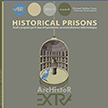
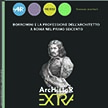
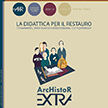

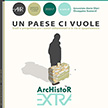
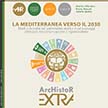
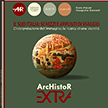

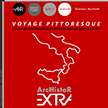
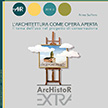

_2.jpg) .
. 
 .
. 

